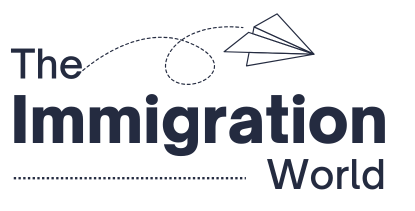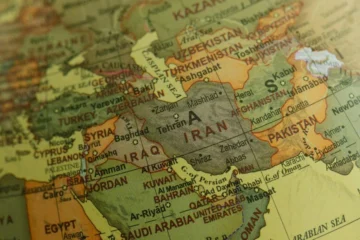Australia’s migration system in 2025 is getting a serious upgrade. The government has rolled out one of the most comprehensive overhauls in decades, aiming to sharpen the focus on attracting high-skilled talent while curbing overuse of student and family pathways. At the heart of the changes is a redesigned skilled migration system—leaner, faster, and more targeted.
Key Takeaways
What Changes Has Australia Made to Skilled Migration in 2025?
Under Prime Minister Anthony Albanese’s leadership, the new migration plan includes faster processing for skilled work visas, revised occupation lists tailored to critical shortages, and an increased emphasis on applicants with strong English, solid work experience, and job-ready qualifications. There’s also a move toward more transparent digital application systems and a crackdown on visa misuse. The tone is clear: if you’re highly skilled and ready to contribute, you’re welcome, but expect stricter standards.
Who Qualifies for a Skilled Visa Under the New Rules?
Eligibility for a skilled visa in 2025 now feels a bit like entering a high-stakes job market. The new rules have raised the bar for education, work history, and even age. Generally, you must be under 45 years of age, possess a relevant qualification, and have at least 2–3 years of skilled work experience in a field listed on Australia’s updated Skilled OccupationLists. English proficiency remains a must, with most pathways requiring an IELTS score of at least 6 in each band, though higher scores can give you a competitive edge in the points-based system.
There’s now a sharper distinction between employer-sponsored and independent skilled visas. Independent applicants must meet a points threshold (usually 65 or more), with extra points available for younger age, advanced qualifications, English fluency, and regional job offers. For employer-sponsored roles, the job must meet the new salary threshold and be on the relevant occupation list. The good news? Processing times for qualified candidates are expected to be much quicker than in the past, sometimes within weeks.
What Is the New Salary Threshold for Skilled Workers?
One of the most talked-about changes is the new Temporary Skilled Migration Income Threshold (TSMIT), which rose in 2025 to AUD 73,150 per year. That’s a significant jump from previous years and is designed to ensure migrant workers aren’t underpaid or exploited.
Also Read: Is Australia Closing Its Doors on International Students in 2025?
Employers can only sponsor foreign workers if they’re offering a salary that meets or exceeds this new minimum. The goal is twofold: first, to protect wages for both migrants and Australians, and second, to attract only genuinely high-skilled professionals. If you’re in IT, engineering, finance, or healthcare, this new threshold likely won’t be a barrier. But for lower-paying roles or fresh graduates, it could make things more challenging.
Which Occupations Are Now in Demand in Australia?
Australia’s skills shortage hasn’t gone away—it’s just shifted. In 2025, the government has updated the Skilled Occupation Lists to better match economic needs, with a clear preference for sectors like:
- Healthcare: Nurses, aged care specialists, and mental health professionals
- Engineering: Civil, mechanical, and electrical engineers are in high demand, especially for infrastructure projects
- IT and Tech: Software developers, cybersecurity experts, and data analysts
- Construction: Tradespeople, project managers, and quantity surveyors
- Education and Childcare: Teachers and early childhood educators remain crucial, especially in regional areas
The 2025 update also places more emphasis on regional areas, with bonus points and faster visa options for those willing to live and work outside Australia’s major cities.
How Has the Application Process Changed?
While the eligibility bar is higher, the process itself has become more user-friendly, at least on paper. Australia is rolling out a centralized digital system for skilled migration, streamlining the steps from Expression of Interest (EOI) to visa decision. There’s less paperwork, clearer document requirements, and faster timelines for applicants who meet all criteria.
For example, skilled independent visa applicants now receive invitations within 1–2 months, and employer-sponsored applications can be processed in just a few weeks if priority processing applies. Biometrics, background checks, and English language testing still apply—but everything is now easier to track online. Also, priority is being given to applications for occupations on the critical shortage list or from regional employers.
Are International Students Affected by These Changes?
Absolutely—and not in the way many hoped. The 2025 reforms have made it harder for international students to transition directly from study to permanent residency. Students now face stricter English test requirements, higher financial proof standards, and fewer pathways to post-study work unless their qualifications match high-demand occupations.
The government is also closing loopholes that allowed students to remain in Australia through serial enrollments or low-quality courses. However, those with degrees in engineering, IT, healthcare, and teaching may still have a strong chance, especially if they gain post-study experience and apply from a regional area.
What Should You Do Before Applying in 2025?
If you’re serious about migrating to Australia under the 2025 skilled visa plan, preparation is key. Start by verifying that your occupation is on the latest Skilled Occupation List, which is regularly updated by the Department of Home Affairs. Make sure your academic and professional credentials are recognized in Australia, especially if you’re applying for roles in regulated professions like healthcare or engineering.
You’ll also need to demonstrate sufficient financial capacity—especially if you’re applying independently—so gather bank statements, proof of income, or job offers. Take your English language test early, since test scores are valid for two years and must be submitted with your application. And most importantly, get your skills assessment completed by the relevant Australian authority—it’s a mandatory step for most skilled visas.
Conclusion: Is 2025 the Right Year to Apply?
Australia’s 2025 skilled visa reforms have raised the bar—but they’ve also made the system more transparent, faster, and better aligned with real economic needs. If you’re a highly skilled professional in a targeted field and meet the updated criteria, your chances of success have likely improved. But for those hoping to migrate through general study or lower-skilled pathways, the road ahead will be tougher.
Bottom line? It’s no longer about just having a degree or any job offer. It’s about being in the right occupation, at the right salary level, with the right documentation, ready to hit the ground running in Australia.
For More Information, go to the official website – Migration Program planning levels – Immigration and citizenship





